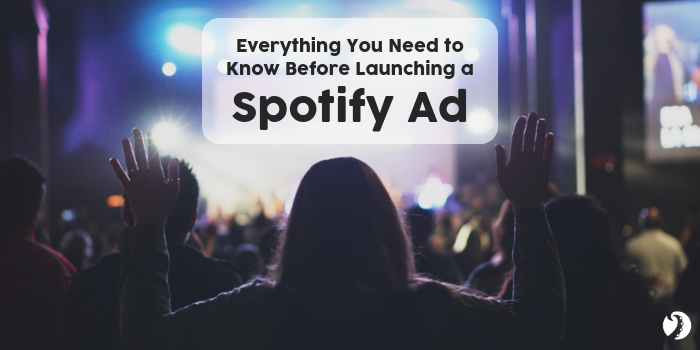You may know Spotify as the music streaming service that enchanted music lovers around the globe. However, Spotify is quickly becoming the advertising platform captivating marketing professionals as well.
Spotify has 217 million monthly active users, and 123 million of those are reached by Spotify audio advertisements every month. This large audience pool is further qualified by its link to real-time, data-based user preferences.
Spotify’s ad format has also proven to be more engaging and informative than traditional display ads. According to a 2017 Nielsen Media Lab Study, audio ads increase ad recall by up to 24% over display.
It’s no wonder why many marketers (especially those in the music industry) turn to Spotify audio ads to engage their fans and sell tickets.
But before your excitement sweeps you away, take a beat to ensure you have the knowledge you need to set your first Spotify ad up for success. We've highlighted the best practices for advertising on Spotify here
1. Spotify Ad Studio’s Capabilities

In the spirit of empowering their users, Spotify launched Ad Studio: a self-serve advertising platform that makes it easy for anyone to create and manage audio ads.
On this platform you can:
· Create an audio ad from scratch
· Reach unpaid Spotify users
· Target based on demographics, interests, platform type, moods and music preferences
· Target specific artist fans (only if you are an approved advertiser, clearly promoting the artist(s) or an event in which they are performing)
· Forecast impression estimates
· Retarget users that have engaged with your ads before
· Create sequential messages to tell a longer brand story
· Track campaign reporting (including the number ads served, clicks, click-through rate, reach and frequency)
On Spotify, you can't yet:
· Create custom audiences from CRM data or an import
· Reach paid Spotify users
· Target fans of specific artists (if you are not an approved advertiser, clearly promoting the artist(s) or an event in which they are performing)
· Track conversion metrics (including sales/conversions, ROI, CPC or CPA)
2. Your Target Audience (Demographic Targeting)
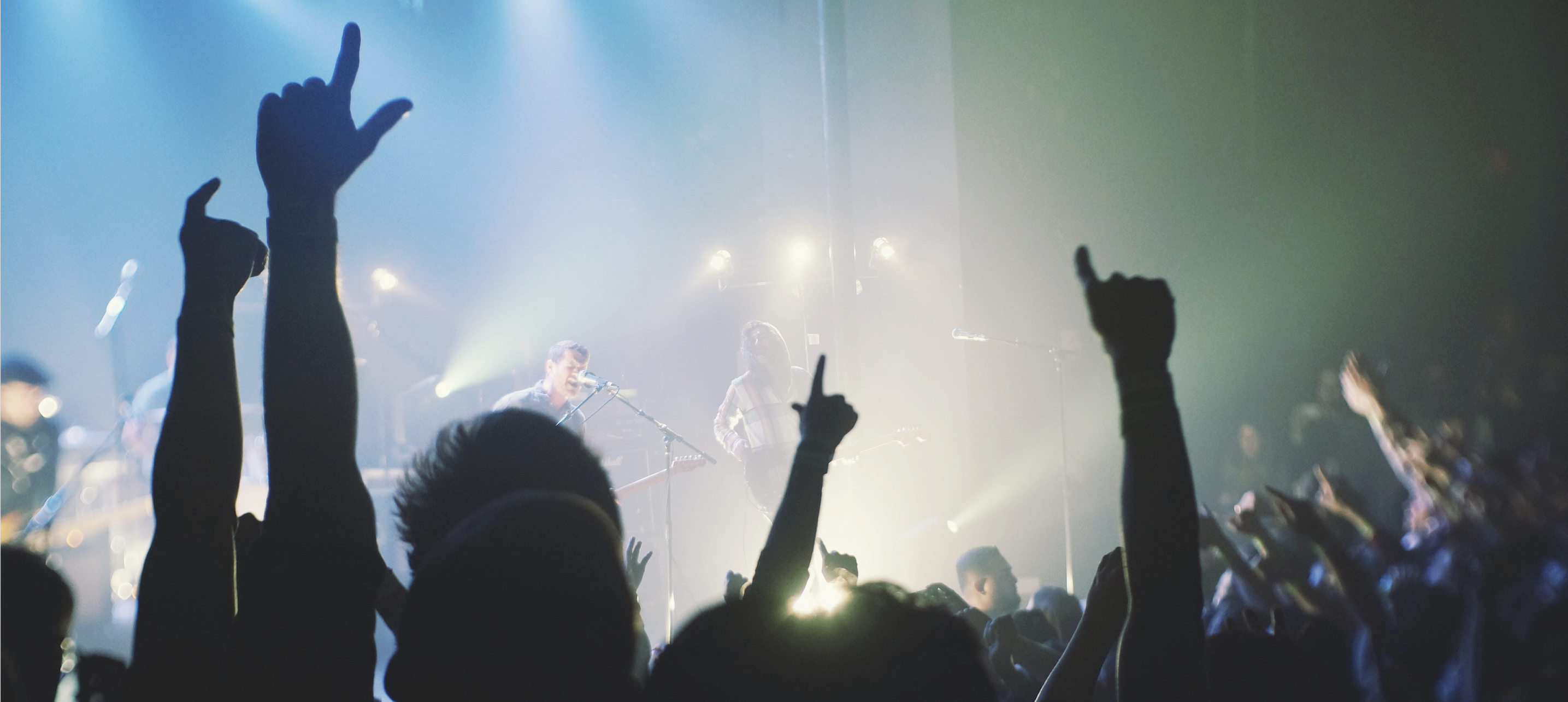
To avoid spending precious marketing dollars to reach users that will not convert, ensure that you understand your target audience. This includes personal details such as age, gender, language and location.
Spotify Ad Studio’s available demographic targeting:
· Location (country, state, region, or in some cases, DMA)
· Age
· Gender
· Language
To ensure your targeting decision is data-driven, consider what you know about your own fans. Is there a particular age range or gender that is over-represented in your ticketing data? Do you tend to get more business from a particular country, city or region?
If you don’t have past data to build on, ensure you’re being purposeful with your targeting decisions. Set a plan for how your ad results can provide you insight into your audience.
3. What Your Audience is Listening To (Content Targeting)
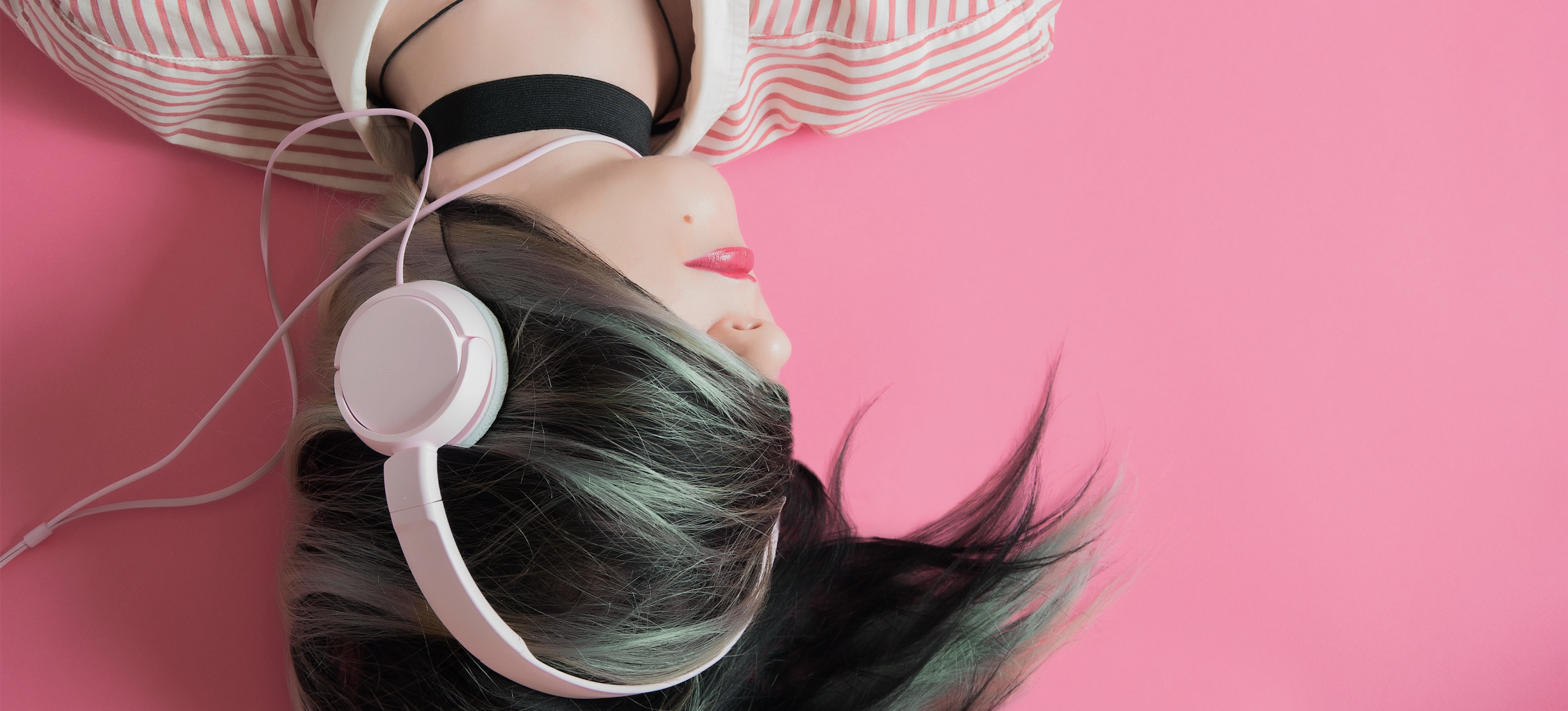
Does your audience jam to rock or unwind to smooth jazz? Are they into party music or workout tunes? Are they a Foo Fighter fan or a Drake devotee? These are good questions to explore to get the most of your ad spend.
In addition to demographic targeting, Spotify also enables you to reach users based on their moods, activities, music tastes and artist affinities.
Content targeting is split into three different areas:
1. Playlist Targeting
2. Genre Targeting
3. Fan Targeting
Playlist Targeting allows your message to reach people who are listening to music aligned with specific moods and activities. This is determined by the recent playlist that users have been listening to, which Spotify categorizes (ex. workout, party, relax and travel).
Genre Targeting enables you to deliver your message immediately after a user has listened to a specific genre (ex. pop, rock or indie). You can select multiple genres to expand your potential audience.
Fan Targeting permits approved advertisers to target fans of an artist they're promoting. Fans of artists are identified through recent listening behaviour along with other identifiers such as playlist adds and follows.
*You may only use Fan Targeting if you are an approved advertiser (Label and/or Promoter). For any artist that you select, your ad must clearly promote that artist or an event in which they are performing.
· A Label can promote an artist's track, album, or artist-specific offer to fans of that artist.
· A Promoter can promote a music event to fans of the artist(s) officially billed as performers at that event.
Which content targeting should you choose?
Selecting multiple content targeting options will narrow your audience significantly as you'd only reach Spotify users who match all criteria at the time your ad is served. For best results, we recommend using only one of Genre, Playlist or Fan targeting to maximize your potential audience reach.
4. How your Audience is Listening (Timing and Platform Targeting)
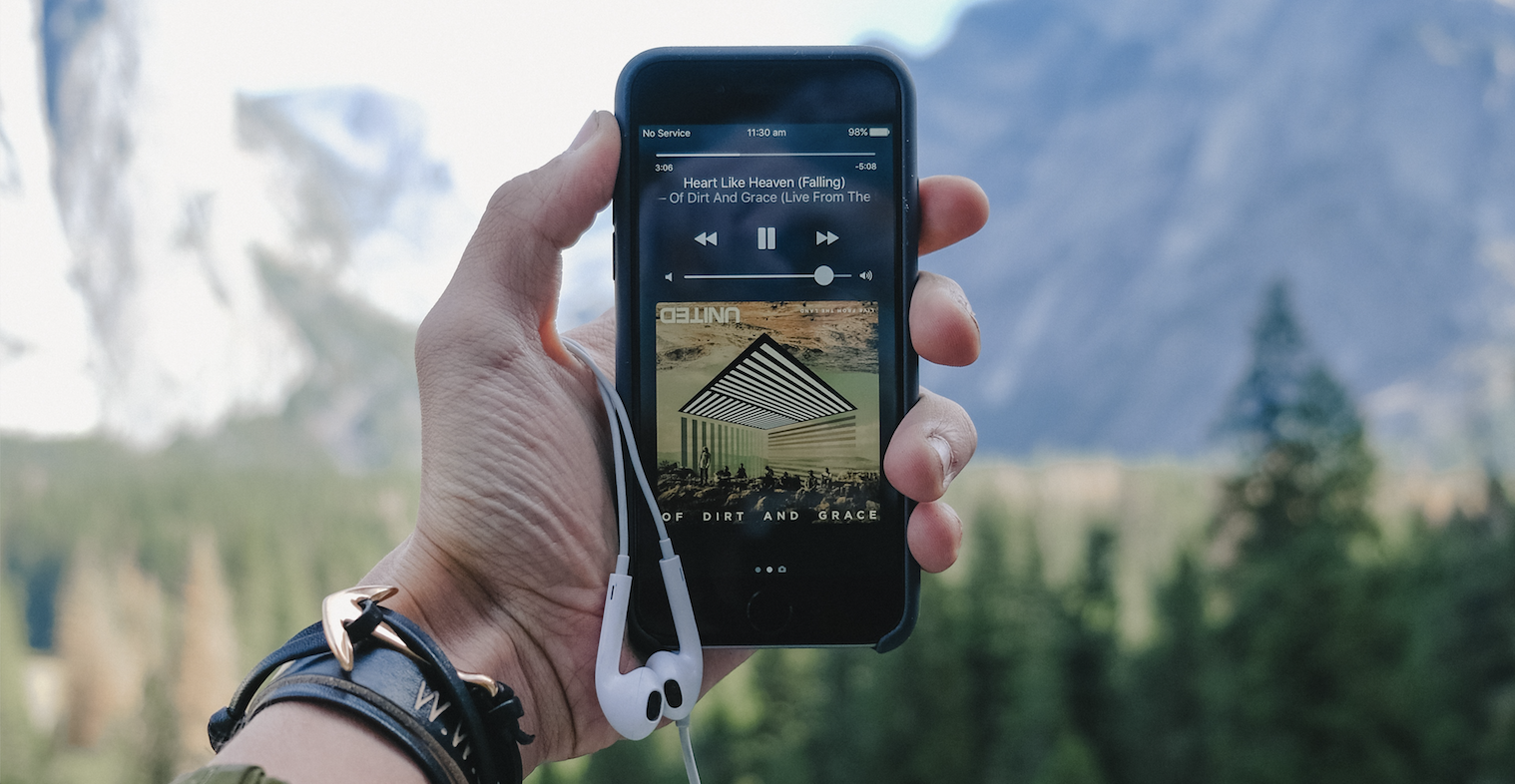
Timing
Ad Studio enables you to choose the timing that best fits your message and your audience. However, this selection is optional. If you don’t know when your audience is tuning in, there is no harm in serving your audio ad at all hours of the day (provided your budget allows it). After all, Spotify listeners are engaged from morning to night.
Platform Targeting (desktop, mobile Android, mobile iOS)
Do your customers primarily use mobile, desktop or both? Android, iOS or both? The answers to these questions will help you determine which platform targeting is right for you.
Consider looking into your website’s analytics to see which device your visitors typically use and focus on that platform. If don’t have analytics or if the results are still inconclusive, we recommend targeting all platforms until you have more information.
Platform targeting is available in the following areas:
· Desktop or mobile
· Mobile iOS or Mobile Android
Note About Target Audience Edits:
You can edit the targeting of your ad campaign at any time after your ad has been approved and before it is complete. This applies to all targeting types with the exception of fan targeting.
5. Audio and Creatives that Resonate
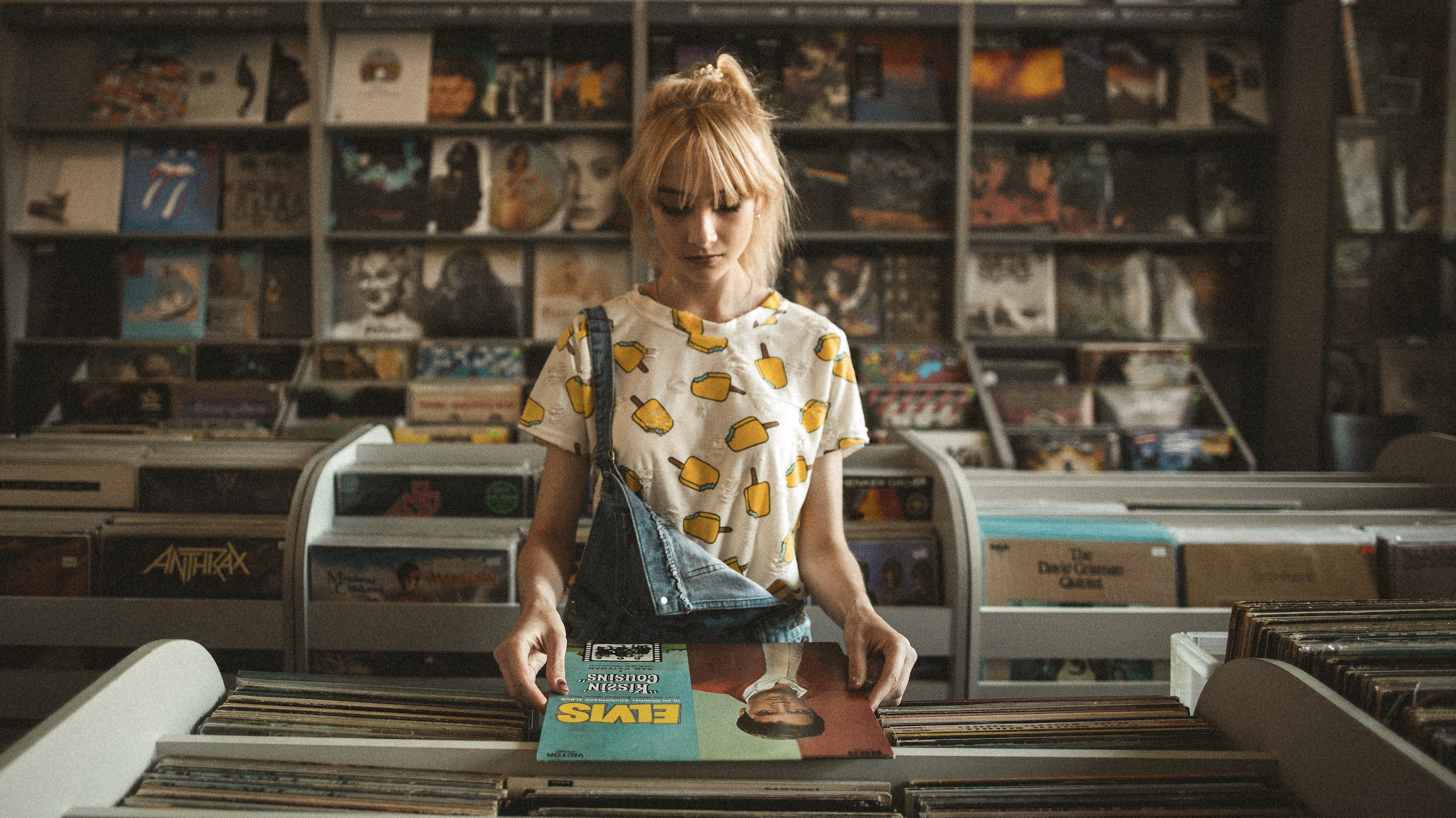
Audio and Display Specifications
Creating a Spotify Ad is less like painting on a blank canvas and more like paint by numbers. Spotify knows their users best, and has provided excellent guidelines for creating the best ad possible. Your audio must be 15 or 30 seconds long, and the accompanying creative must be 640 x 640. View the full Spotify ad specs here.
Audio
Spotify has developed comprehensive techniques for making great audio ads within its Ad Studio Guidelines. These include choosing a tune that is similar to the music your audience is already listening to, personalizing the message for higher engagement, including a call to action and more.
In addition to these guidelines, consider a few other key questions:
Can you license headliner music?
If you are promoting an event or music festival, consider leveraging the headliner’s music within the ad. This will likely create excitement amongst your listeners and paint a better picture of what they can expect at the event. However, before getting too deep into your ad planning, be sure that you are legally permitted to use this music in the ad.
How will you be creating the voiceover?
With Ad Studio, you can either upload your own audio file or simply write a script and Spotify will send it to a voiceover actor for you. This is an excellent option if you're a smaller event or brand without access to high quality voice recording and editing software.
Creative
It’s safe to assume that your ad will often reach users when the Spotify app is tucked away (they might have their phone in their pocket, be in another app or browser or be listening via bluetooth speakers). For this reason, your visual creative serves as a backup to what should be a compelling and informative audio ad. However, do not underestimate the power of the display. If your audience likes what they hear in your ad and they want to learn more, your display is the only remaining barrier between your audience and that coveted click.
Be thoughtful when choosing your visual creative and do not let it get lost in your excitement about your audio ad.
Are you promoting an artist or event?
If you are using fan targeting, be sure to stick to the specific artist(s) you're promoting in your ad. Spotify won't be able to approve ads that target other artists.
What is Spotify’s Editorial Policy?
Don’t forget to adhere to Spotify’s Editorial Policy to ensure that your ad is approved. In general, ensure that your ad does not include explicit, disrespectful or violent content, illegal activities or nudity.
6. Budgeting
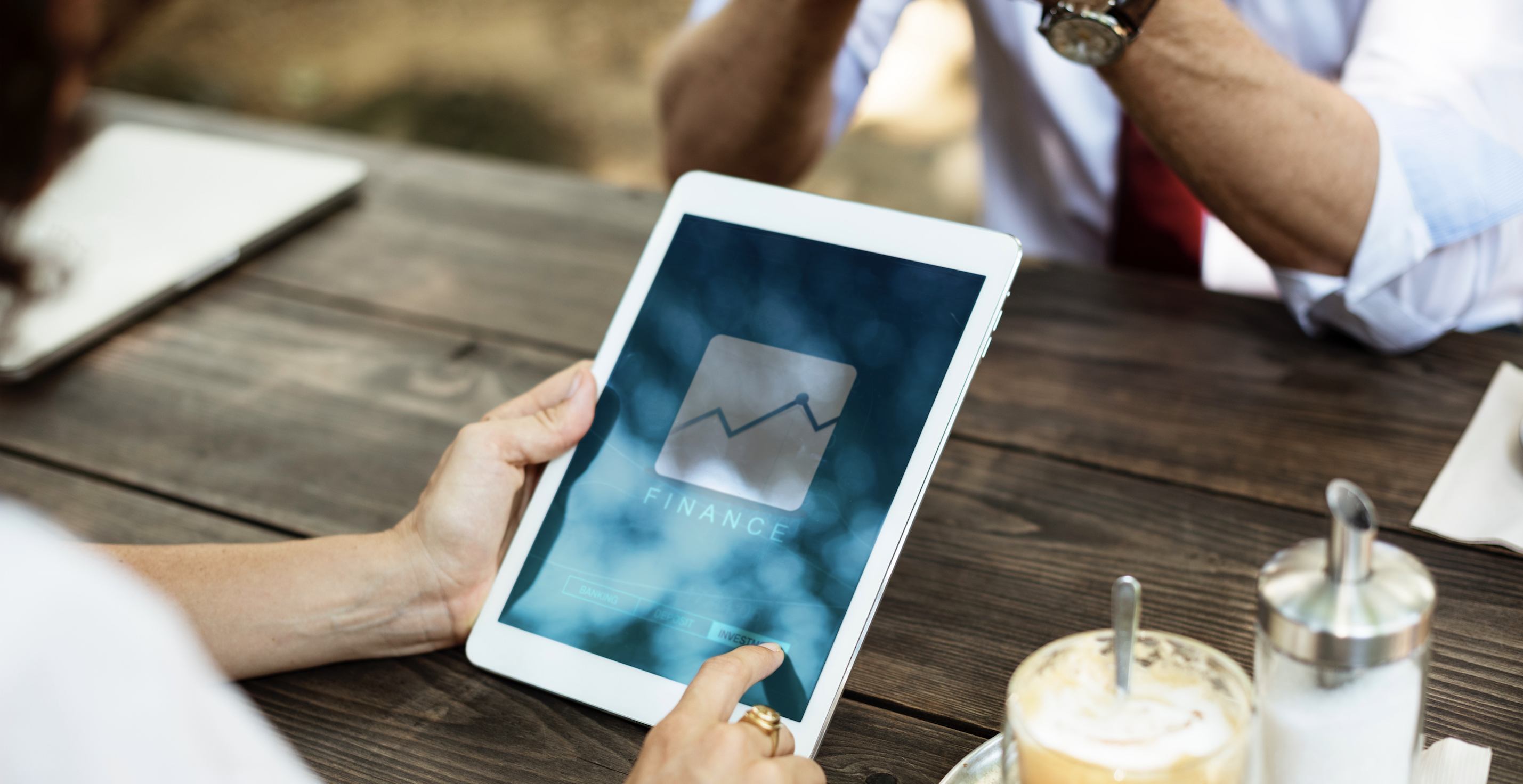
Budget
Before you finalize your budget, make sure you know Spotify’s delivery restrictions. The minimum ad spend is $250 (USD).
All ad dollars must be in one of Spotify's approved currencies. If you partner with a Spotify ad partner you can access invoicing for billing. Otherwise, you can pay by these credit or debit cards: Visa, American Express, Mastercard, and Discover. Your card will be charged at the end of each ad campaign.
You will only be charged each time the ad is actually shown. This means that the total amount spent may be less than the original budget, especially if the targeted audience is too small to spend the full budget. This will likely occur if you choose a precise location or use two types of content targeting simultaneously (ex. genre and fan targeting).
7. Your Key Performance Indicators (KPIs)

In order to determine the success of your ads, it is a important to clarify your key performance indicators (KPIs). But before you outline these metrics, you must first understand the indicators Ad Studio tracks.
Available audio ad performance metrics:
· Total number of ads served
· Number of clicks
· Click-through rate (CTR)
· Reach (number of unique people who heard a given ad)
· Frequency (number of times each person heard a given ad)
These KPI’s will appear alongside the summary of the ad campaign and targeting, the start/end dates and the original budget set. This information will be helpful for testing and comparisons.
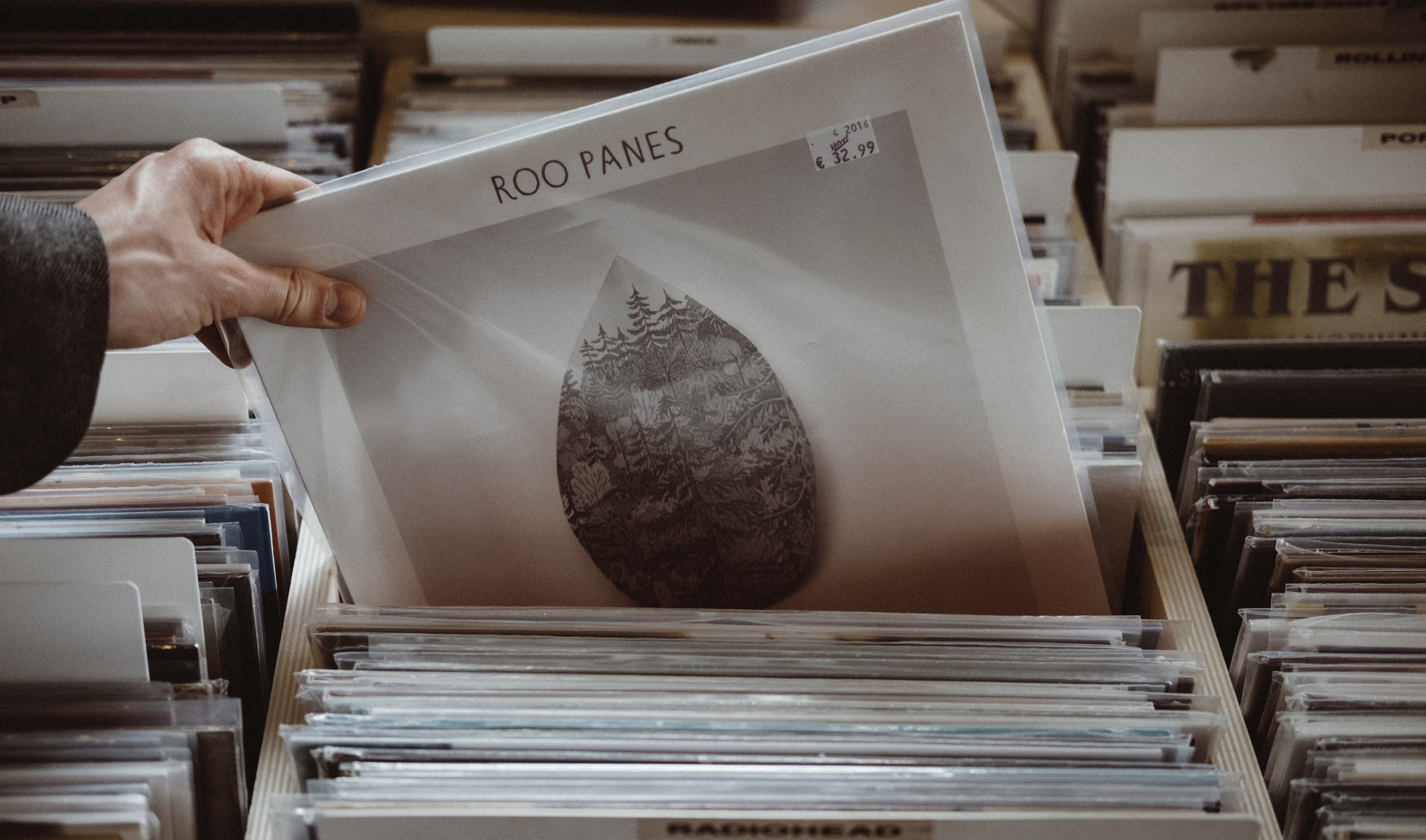
Now that you have all the information you need, you can start singing, because you’re about to launch your first Spotify Audio Ad!
For your convenience, here is a list of the helpful Spotify Ad Studio resources. We've also highlighted some best practices for advertising on Spotify here
Spotify Terms and Conditions
Ad Studio Guidelines
Audio and Display Unit Specs
Ad Studio FAQ
Spotify’s Editorial Policy
Want to know more about Spotify ads? Interested in discovering how you can connect your CRM data to Spotify in the future? Contact us.
